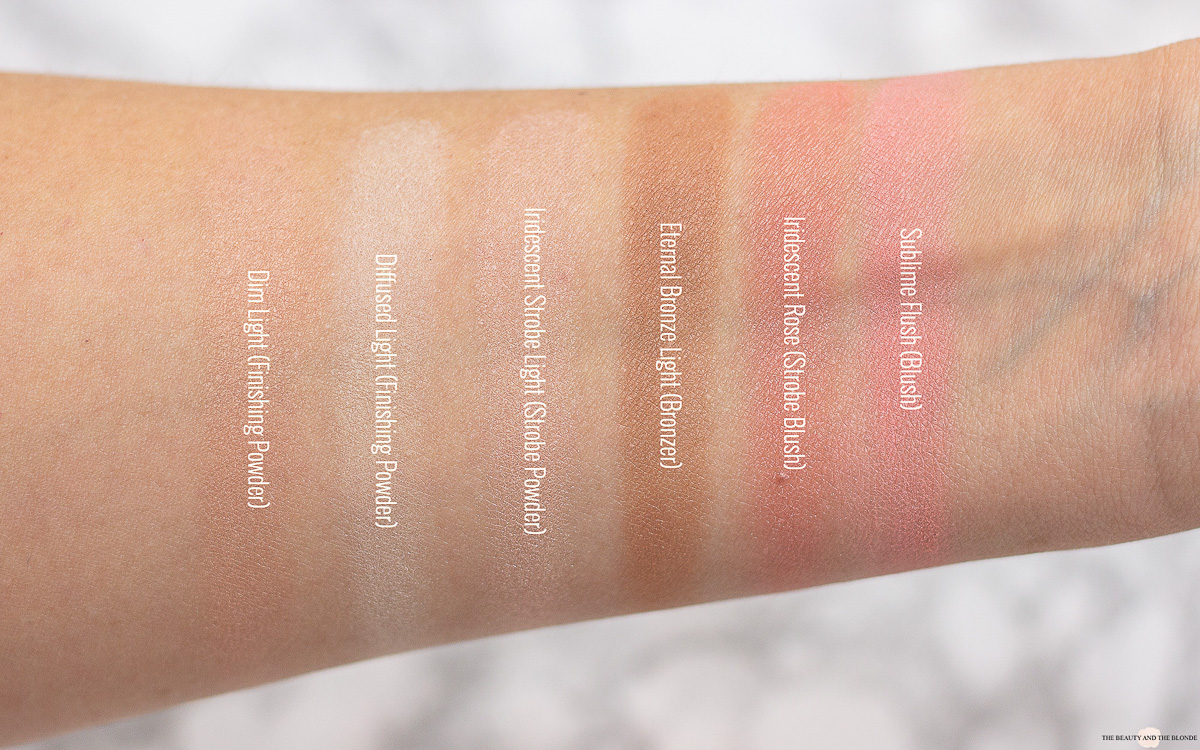

Anything brighter than the dim light would automatically register as ‘white’ to your vision – thus when you step outside you will suddenly be blinded because the majority of objects will be brighter than anything in the tunnel.Ĭonversely, if your eyes are adjusted to a sunny environment and you suddenly go into a dim tunnel, everything darker than the dark objects in the sunshine will suddenly appear black.

This is because in the dim tunnel, the darkest objects become ‘black’ to your perception, and the bright objects – for example the dim light coming the ceiling – become ‘white’ to your perception. When you suddenly exit into the sunshine outside, most objects will be brighter than the bright objects in the tunnel, so they will appear as a bright white to your vision. For example when in a dim tunnel you will be able to see most things clearly. At any one time, the human eye can detect a contrast ratio of 1000, however this ratio is not definite, but rather relative.

The most major way that ambient light can reduce contrast is by affecting the eyes’ ability to adapt to a certain level of light. However these can be minimised by using anti-reflective coatings on the screen, and positioning the monitor in such a way that light does not directly reflect onto the screen. This can be distracting and reduces the contrast at that specific location.


 0 kommentar(er)
0 kommentar(er)
